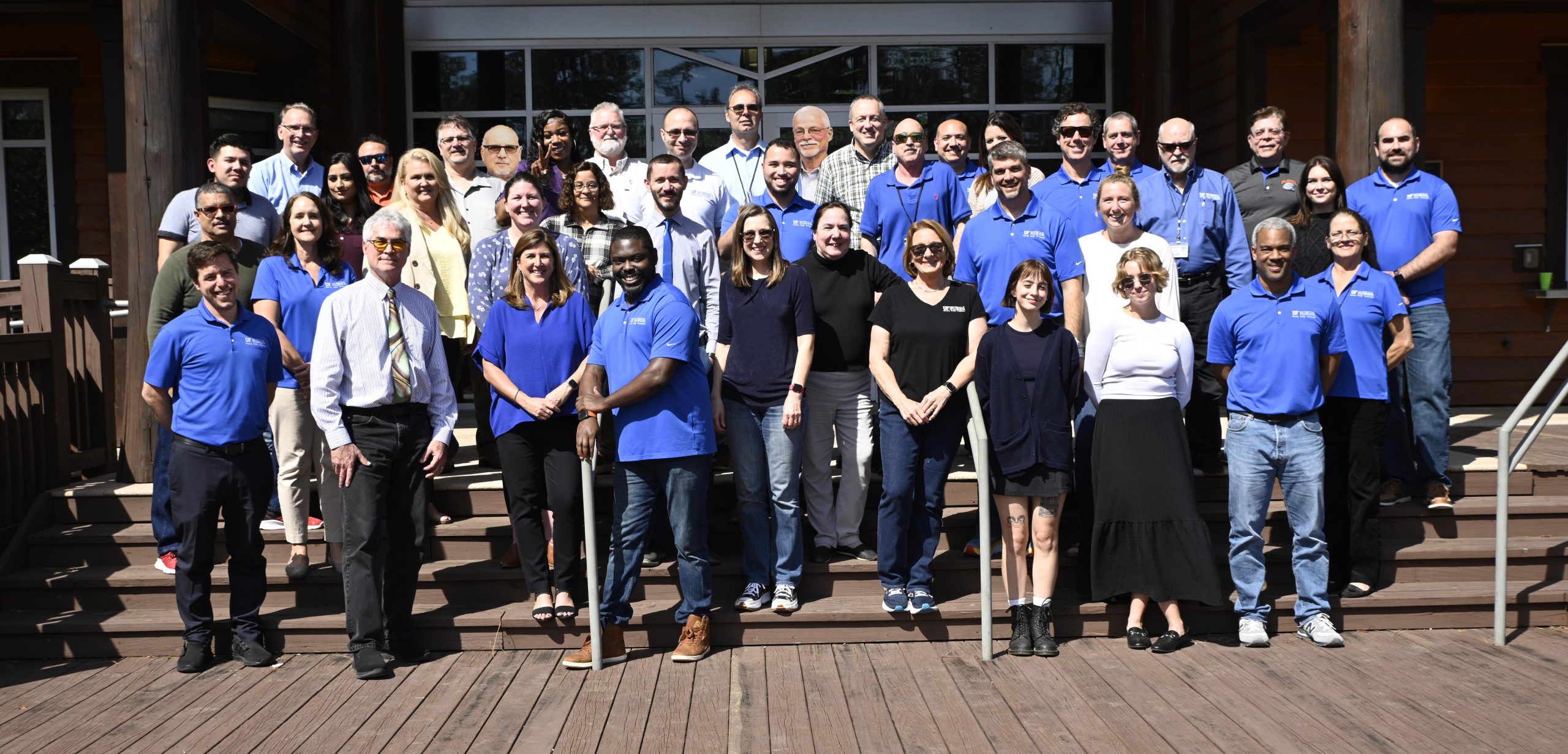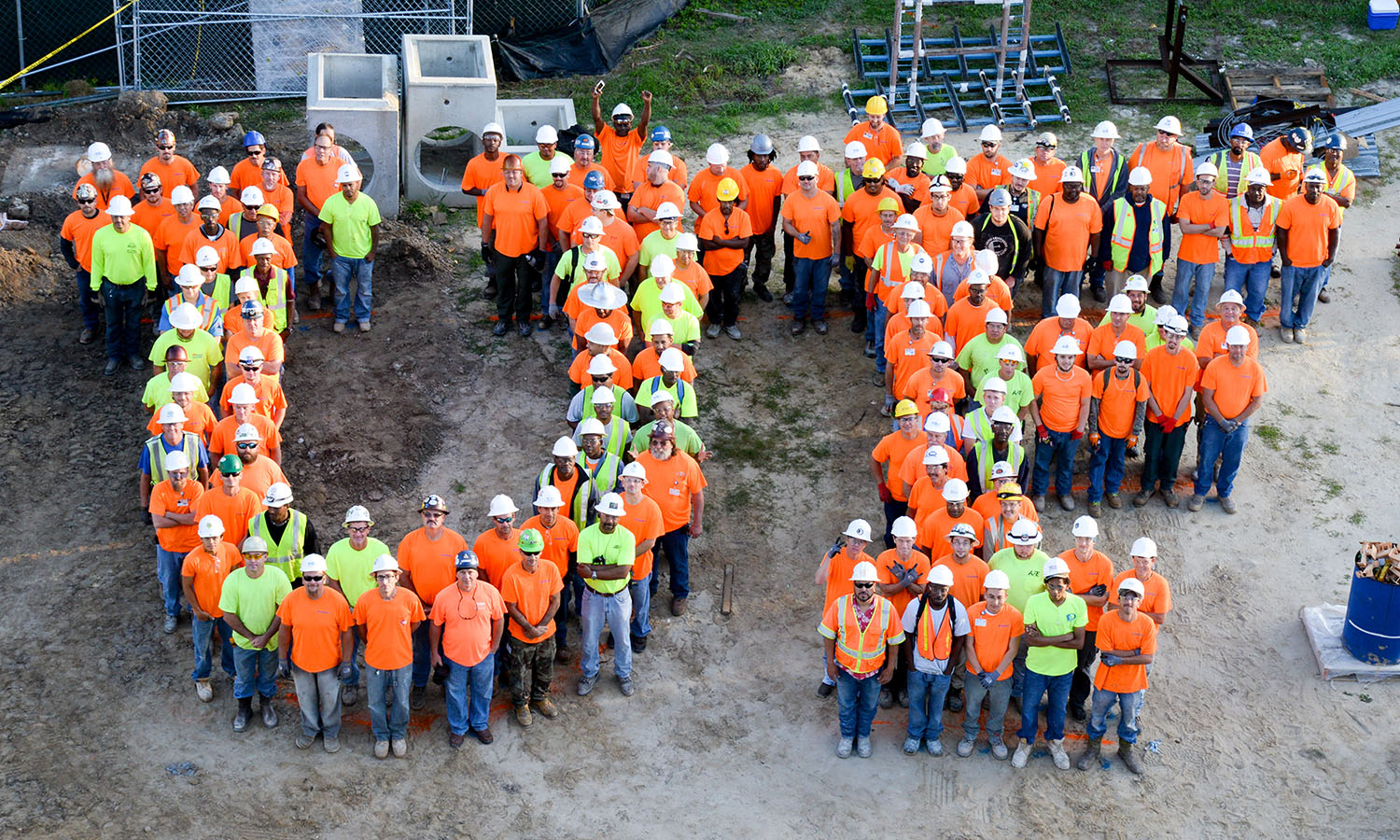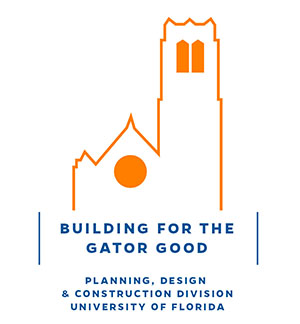- Homepage
- Sustainability
- UF Green Building Goals
UF Green Building Goals
As UF continues to provide a leadership role toward a cleaner and healthier future, staff and building professionals work together to evolve our on-campus experience.
All projects pursuing sustainable certification are to obtain at least a LEED Gold level, or equivalent, certification. Therefore, at a minimum, the following criteria is to be met on each project. Project teams are highly encouraged to assess all aspects of the site and meet early and discuss their overall sustainability approach prior to schematic design.
CAMPUS SITES
- Landscape design will meet the Landscape Master Plan plant selection guide and be drought tolerant
- Buildings are to incorporate bird-friendly techniques
- Exterior lighting is to reduce light pollution by following the Landscape Master plan and be night sky compliant
ENERGY
- Each project is expected to be 30% more energy efficient than the Florida Building Code
- To reduce heat island, building roof and hardscapes are to have a solar reflectance index (SRI) of at least 78
- All appliances and commercial kitchen equipment are to be ENERGY STAR certified
- Projects are to follow ASHRAE 0-2005 commissioning requirements
- Projects to strive to be “solar ready”
- Intelligent sub-metering is encouraged
WATER
- All flush and flow water fixtures are to meet the MaP requirements specified in our construction standards AND be WaterSense Certified
- Projects are to utilize reclaimed water for irrigation
INDOOR ENVIRONMENT
- IEQ Policy: New Construction and Renovation is to conduct an indoor environmental quality test to ensure prior to occupancy
- All projects are to have MERV15 filters
- Lighting controls are to vary light levels to meet occupants needs
- NO SMOKING, NO VAPING and NO TOBACCO IS ALLOWED on the construction site or within the building
MATERIALS
- A recycling plan and layout to be provided
- In effort to reduce the amount of waste being generated from construction and demolition activity, ALL projects (new construction and major renovations) are to divert at least 75% of waste (by either volume or weight) from entering our local landfills. Verification of this effort supports the University’s waste reduction goals
- Construction materials, systems and components are to be sourced as local as possible. Ideally within 100 miles from the project site and not more than 700 miles.
- Interior finish materials, paints, and adhesives are to contain either no or minimal volatile organic content (VOCs).
- Sourced products must obtain some level of sustainable practice such as:
- Extended producer responsibility
- Bio-based materials
- Sustainable forest certified
- Material reuse
- Material with either postconsumer or pre-consumer recycled content
- Where available, sourced material must include environmental product disclosures (EPD) during submittal process
- Where available, sourced material must include a chemical inventory and or sustainability label such as:
- ANSI/BIFMA e3 Furniture Sustainability Standard
- Cradle to Cradle
- Declare
- NSF/ANSI 336: Sustainability Assessment for Commercial Furnishings Fabric
- Health Product Declaration (HPD)
- Living Product Challenge
- or equivalent







